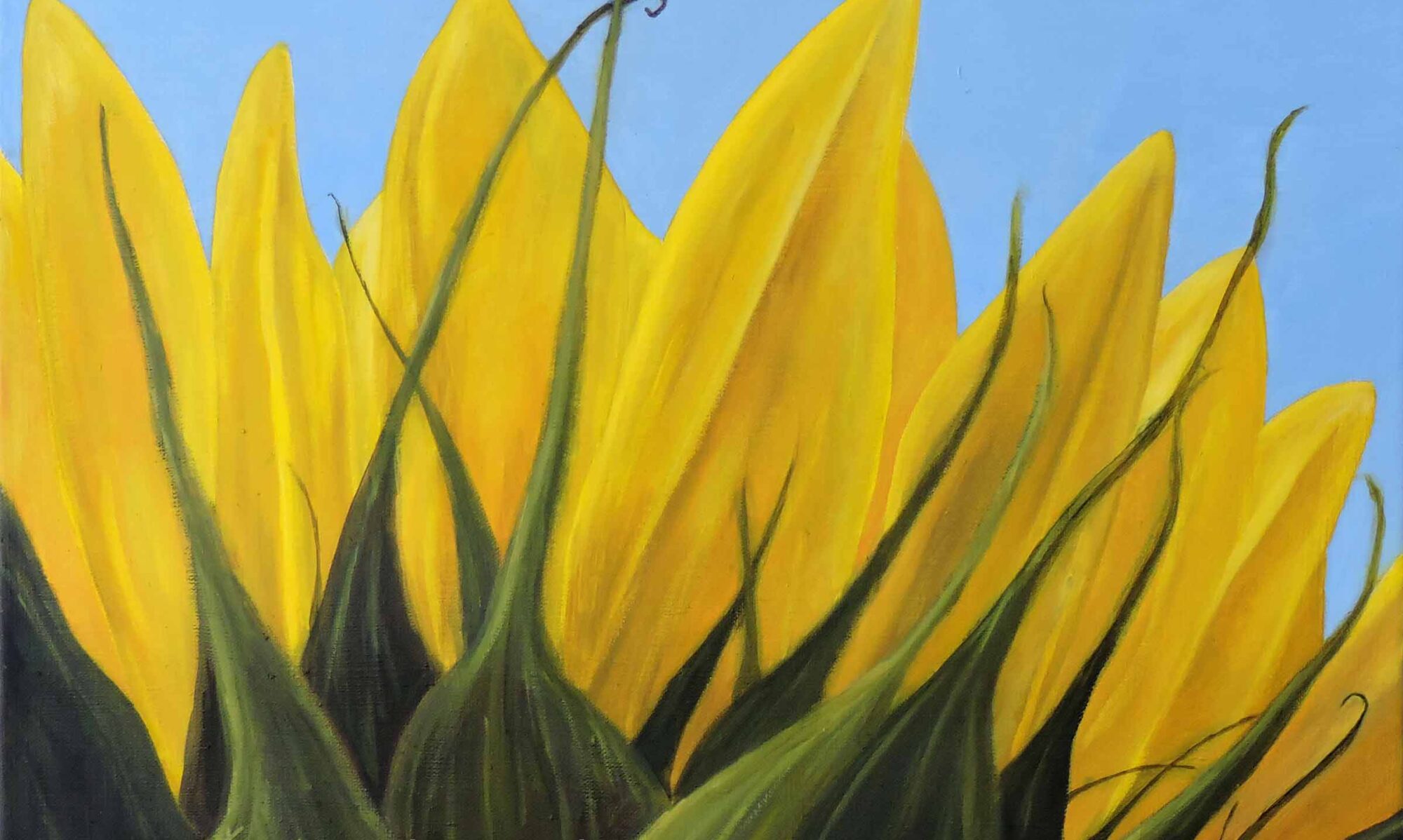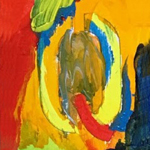
QAJAR ART | QUOTIDIAN
Quick links to more art terms and definitions are located at the end of the list.
Qajar Art
The Qajar artistic style refers to the art, architecture, and art forms of the late Persian Empire, most notably the Qajar dynasty, which lasted from 1781 to 1925. It is characterized by an exuberant style and flamboyant use of color.
Quadratura
A term that emerged during the Baroque period to describe a painting on a ceiling or a wall to create the illusion of limitless space, i.e., architectural features that seem to extend beyond the actual reach of the room.
Quadrilateral
In geometry, a four-sided polygon with four angles and sides of arbitrary length. The five most common types of quadrilaterals are parallelogram, rectangle, rhombus, trapezium, and trapezoid. Quadrilateral structures and forms are common in daily life and are evident in both architecture and art.
Quadriptych
(Pronounced qua-drip-tik. From the Latin word “quadri” meaning “four,” and the Greek word “ptychē” meaning “fold” or “layer.” Also called tetraptych.)
An artwork, usually a painting, that is divided into four sections or panels, where each panel depicts a different but related composition. Each panel can stand alone as an independent work of art, or displayed together to form a larger, more cohesive image or composition. Quadriptychs can be paintings, carvings, or even altarpieces. See also Polyptych.
Quarantine Art
Refers to the creative expressions that flourished during the COVID-19 pandemic when people were stuck at home. Artists found unique ways to channel their emotions and experiences, resulting in a surge of innovative, often reflective works. Anything from painting, music, digital art, photography, to writing was used to capture the essence of that time.
Quartz
A mineral often used in the creation of sculptures and other artworks due to its hardness and variety of colors.
Quatrefoil
A symmetrical shape which forms the overall outline of four partially overlapping circles of the same diameter. It is often used in architectural tracery and resembles a flower with four petals or a leaf with four leaflets.
Quattrocentism
An emphasis on or study of the art, culture, and intellectual life of the 15th century.
Quattrocento (15th-Century) Art
Refers to a significant period in Italian art history, often referred to as the Early Renaissance. This era, spanning from approximately 1400 to 1500, witnessed a profound transformation in artistic techniques, styles, and cultural outlooks.
During the Quattrocento, artists began to move away from the more rigid and symbolic styles of the Middle Ages, embracing a renewed interest in naturalism, humanism, and the classical ideals of ancient Greece and Rome.
Key characteristics of Quattrocento art include:
-
- Perspective: The development of linear perspective by artists like Brunelleschi allowed for more realistic and three-dimensional representations in art.
- Humanism: A focus on the human figure, anatomy, and the natural world, reflecting the intellectual movement of humanism.
- Naturalism: A greater emphasis on depicting the natural world with accuracy and detail.
- Classical Inspiration: A revival of classical themes, motifs, and techniques from ancient Greek and Roman art.
The Quattrocento laid the foundation for the High Renaissance, which followed in the 16th century, and its innovations continue to influence art to this day.
Quercitron
A yellow natural dye derived from the inner bark of the Eastern Black Oak tree (Quercus velutina). It was often used historically for dyeing textiles and art.
Quill
A writing tool made from a molted flight feather, preferably a primary wing-feather, of a large bird. Quills served as writing instruments, utilizing ink, prior to the advent of metal dip pens, fountain pens, and ultimately, ballpoint pens.
Quilling
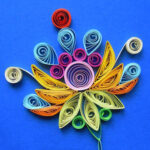
(Also known as Paper Filigree, Filigrana, or filigree work)
An art form that involves rolling, shaping, and gluing strips of paper to create intricate decorative designs. Artists manipulate the paper strips to form intricate patterns, either as standalone pieces or to embellish objects like greeting cards, pictures, boxes, or even jewelry.
Quilting
The process of making a quilt from beginning to end. Or the actual act of sewing the layers of a quilt together, either by hand or by machine. Also refers to the finished lines of sewn thread that make up the quilting design.
Quotational Art
A form of art that integrates and references direct quotes or textual elements from other works, sources, or dialogues. It draws upon pre-existing texts to create new visual narratives and meanings, blending the power of words with the aesthetics of art.
Examples of quotational art include:
-
- Public Art: Murals like the ones by street artist Banksy, where powerful messages are often incorporated into the artwork.
- Fashion: Statement pieces such as T-shirts or accessories featuring iconic quotes, turning everyday wear into a canvas for expression.
- Digital Art: Social media graphics that blend motivational quotes with eye-catching designs.
- Wall Art: Framed quotes or decals on walls that add character and meaning to a room.
Quotidian
Art that depicts scenes from everyday life or ordinary subject matter, often highlighting the beauty in the mundane.
You May Also Like
This vocabulary list of art definitions is provided as a valuable resource for art enthusiasts. If you like the information here and find it helpful, please consider purchasing a painting. Your support helps to cover the cost of keeping this art reference list online. Simply click or tap the thumbnail link of any Teresa Bernard oil painting to view additional details.
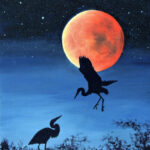
(2020)
9″ w x 12″ h
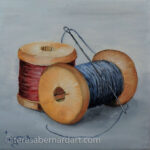
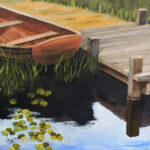
(2022)
12″ w x 12″ h
Art Glossary Quick Links
Contributing to The Art Dictionary
The art definitions vocabulary list is a work in progress. New terms and definitions are added on a regular basis. If you know of an art term and definition that isn’t already listed in it, but you believe it should be, send it to us and we’ll consider adding it. We’ll let you know if we do. Thanks!
Thanks for reading this!
